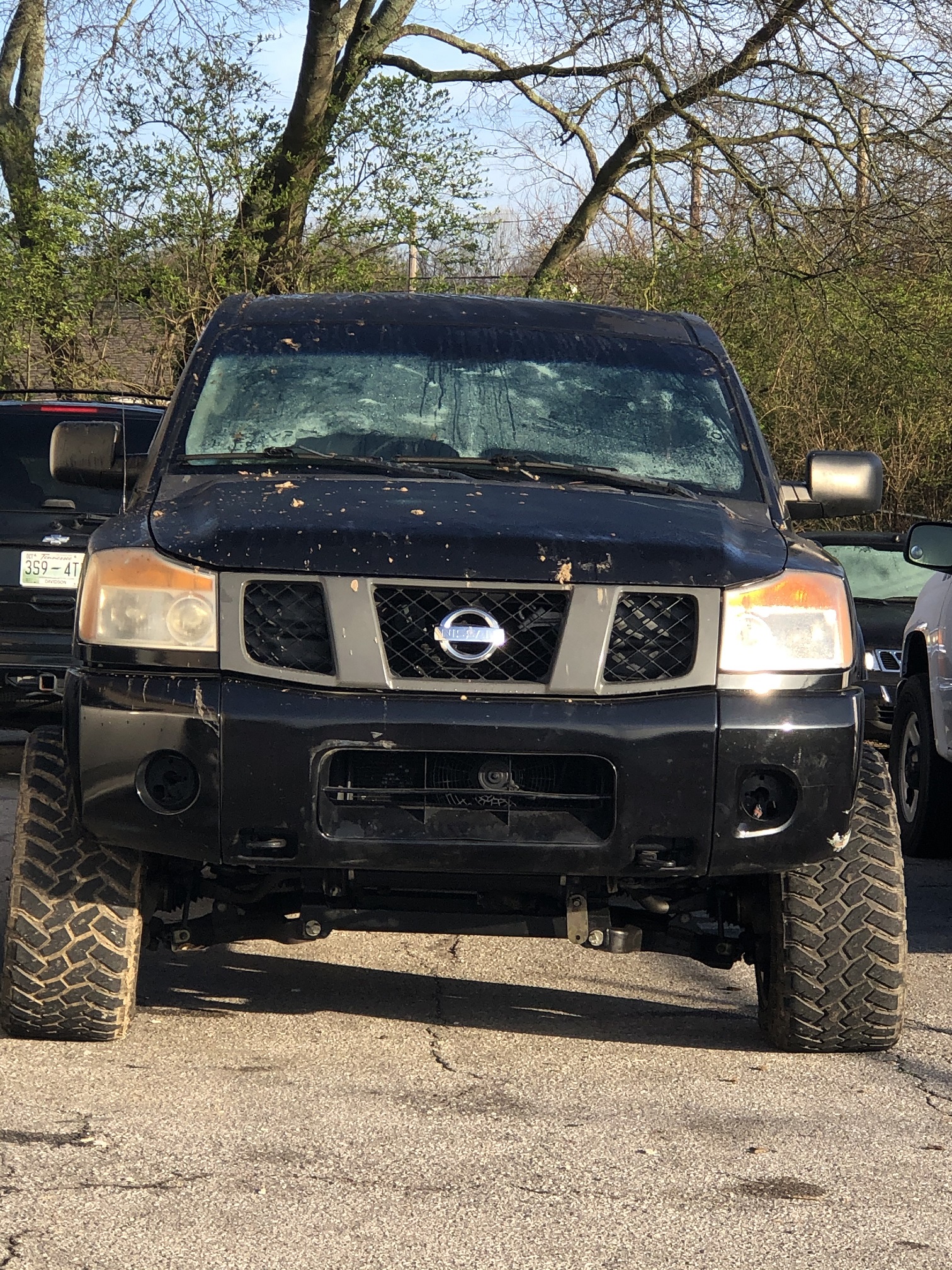
Basics of Wheel Alignment and Tire Wear
June 18, 2020 5:56 pmThe wheel alignment process involves adjusting the wheel angles to ensure they are perpendicular with the road and parallel to each other. This results in more efficient vehicle operation, greater control of the vehicle and longer tire life.
When we talk about wheel alignment and how it affects tire wear, there are several concepts we need to consider, those being camber, caster and toe-in. So, what is wheel alignment in Madison, TN, and how does alignment work in your car? Let’s take a closer look.
Camber
Camber refers to the angle of the wheel in degrees when you’re looking at it from the front side of the vehicle. If the top of the wheel is leaning out from the center of the vehicle, then you have positive camber. If it’s leaning in, you have negative camber. Any time the camber is out of adjustment, you will see tire wear on one side of the tire’s tread, with the side that sees wear depending on whether you have positive or negative camber. Negative camber would result in inside tire wear, while positive camber would result in outside tire wear.
If the camber is different from side to side, you might have pulling problems with the vehicle. The side that has the more positive camber is the side to which the vehicle will be pulled while you’re driving. Camber might not be adjustable on some front-wheel-drive vehicles, in which case that could mean something is bent or worn and would need to be either repaired or replaced. Otherwise, if it is adjustable, the problem can be resolved through wheel alignment.
Caster
Any time you turn your vehicle’s steering wheel, the front wheels will respond upon turning on a pivot that is attached to the car’s suspension. The caster is the angle of the steering pivot in degrees when viewed from either side of the vehicle. If the top leans toward the rear of the vehicle, then you have positive caster, and if it’s leaning toward the front, you have negative caster.
Any time the caster is out of alignment, you will find it more difficult to keep the vehicle moving in a straight line. The vehicle will always pull to the side that has less positive caster. Similar to with camber, there are some front-wheel-drive vehicles that do not have adjustable caster, so repair or replacement of the pivot may be necessary in such circumstances.
Toe-in
The toe measurement tracks the distance between the front and back of the tires in fractions of an inch. Ideally, you’d have this set close to zero, which would indicate the wheels are parallel. But if you’re experiencing toe-in, that means the fronts of the tires are closer than the backs of the tires, with toe-out being the opposite. Improper toe measurement will result in rapid wear to both tires in an equal manner. This is always adjustable on the front wheels, and should be adjustable on the rear wheels in most cars as well.
For more information about wheel alignment and how alignment affects your car in Madison, TN, contact Rivergate Muffler & Auto Repair today.
Categorised in: Alignment
This post was written by Writer

Comments are closed here.